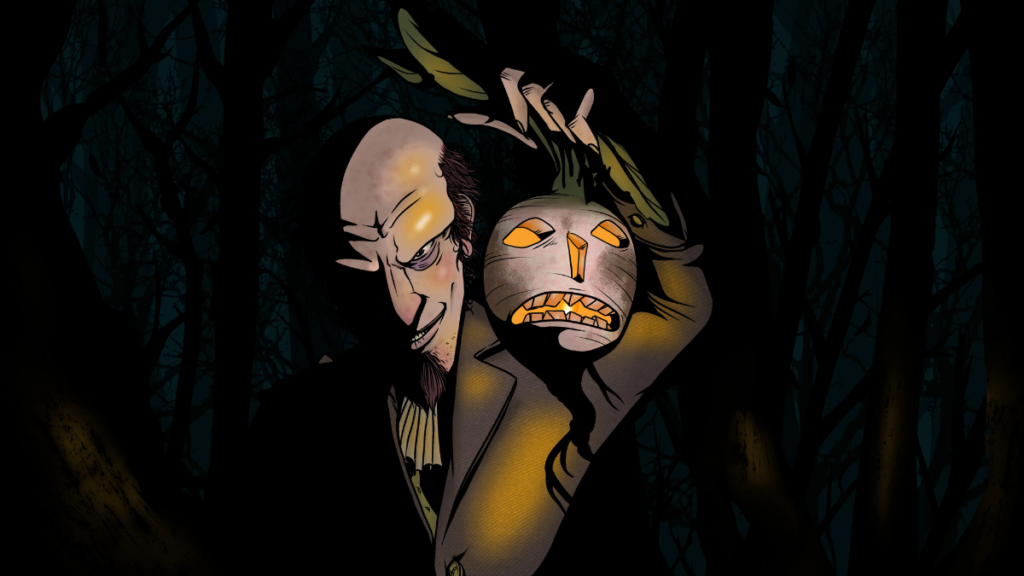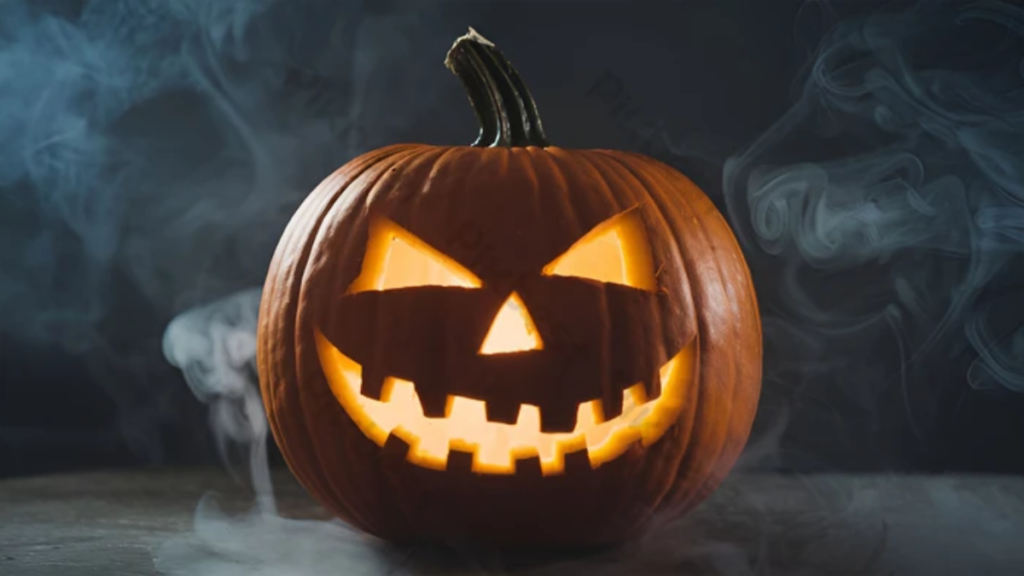Every Halloween, glowing Jack-o’-Lanterns line porches and windows, their eerie faces lighting up the night. But how did this tradition begin? The Jack-o’-Lantern has its roots in Irish folklore, eventually evolving into the carved pumpkin we recognize today.
The Legend of Stingy Jack
The story of the Jack-o’-Lantern begins with an old Irish folktale about a man named Stingy Jack. According to legend, Jack was a cunning trickster who managed to deceive the Devil multiple times. One version of the tale says Jack invited the Devil for a drink but tricked him into paying by turning him into a coin. Another story claims Jack convinced the Devil to climb a tree and then trapped him by carving a cross into the bark.
As a result of his deceit, when Jack died, he was denied entry into both heaven and hell. The Devil, angry but bound by his promise not to take Jack’s soul, sent him away with only a burning coal to light his way. Jack placed the coal inside a hollowed-out turnip and was doomed to wander the earth as a restless spirit, earning the name Jack of the Lantern, later shortened to Jack-o’-Lantern.

Turnips, Beets, and Pumpkins: The Evolution of the Jack-o’-Lantern
In Ireland and Scotland, people began carving turnips and beets into lanterns, inspired by the tale of Stingy Jack. These carved vegetables were placed outside homes to ward off evil spirits and mischievous ghosts. The eerie glow, often created by candles or embers, made them a staple of Samhain, the ancient Celtic festival marking the end of the harvest season and the beginning of winter.
When Irish immigrants arrived in North America in the 19th century, they found that pumpkins—native to the region—were larger and easier to carve than turnips. The tradition quickly adapted, and the pumpkin Jack-o’-Lantern became a key part of Halloween celebrations.

Jack-o’-Lanterns and Halloween Today
By the late 1800s, Halloween in North America had evolved into a community-centered holiday with festive gatherings, costumes, and decorations. The Jack-o’-Lantern became a symbol of the holiday, representing both protection against spirits and the playful, spooky spirit of Halloween. Over time, intricate carving techniques and elaborate designs turned the Jack-o’-Lantern into an art form.
Today, pumpkin carving is a beloved Halloween tradition, with people around the world creating everything from simple smiling faces to elaborate, detailed works of art. Contests, festivals, and massive pumpkin displays continue to keep the legend alive.
A Tradition That Endures
What started as a tale of a wandering spirit has transformed into a festive, creative, and enduring Halloween tradition. From the flickering turnips of ancient Ireland to today’s intricately carved pumpkins, the Jack-o’-Lantern remains an iconic symbol of Halloween, blending old folklore with modern celebration. Whether you carve a classic grinning face or an intricate masterpiece, every Jack-o’-Lantern continues the legacy of Stingy Jack and the legends that started it all.
Also Read: The Myth of the Will-o’-the-Wisp: Legends From Around the World
–Silviya.Y
